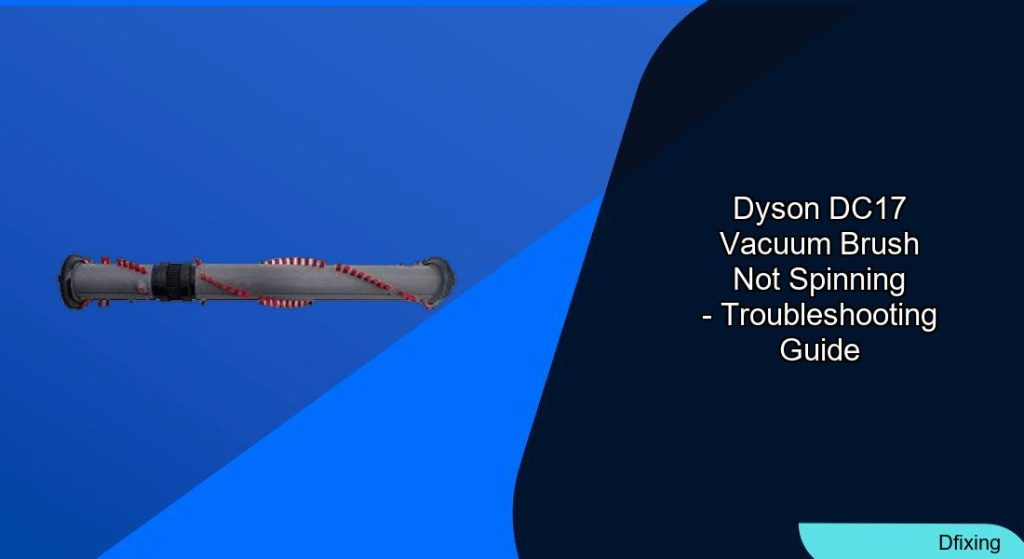A malfunctioning brush roll in your Dyson DC17 can disrupt cleaning efficiency, leaving carpets and floors inadequately cleaned. Common culprits include blockages, worn components, or electrical faults, but most issues are diagnosable and repairable at home with basic tools. This guide walks you through identifying root causes, executing targeted fixes, and adopting preventive measures to extend your vacuum’s lifespan. You’ll also learn where to source replacement parts and how to troubleshoot similar problems in other Dyson models like the DC41.
Affiliate disclosure: As an Amazon associate, We'll earn a commission for every successful order through our affiliate links in the article. However, you won’t be charged anything for this.
Brush roll problems often manifest as a lack of rotation, unusual noises, or reduced suction. Early detection of debris accumulation, belt wear, or motor issues can prevent costly repairs. By following this guide, you’ll gain the confidence to disassemble key components, replace critical parts, and restore optimal performance to your Dyson DC17.
Diagnosing Brush Roll Problems in Dyson DC17
Blockages: The Most Common Culprit
Hair, thread, and small objects frequently tangle around the brush roll, restricting its movement. Visually inspect the roller for debris, paying close attention to both ends where hair often accumulates. Use needle-nose pliers to extract stubborn strands and scissors to cut away tightly wound fibers.
Worn Belts and Bearings
The belt connecting the motor to the brush roll deteriorates over time, leading to slippage or complete failure. Check for cracks, fraying, or a loss of elasticity. Similarly, stiff or non-rotating bearings at either end of the brush roller signal wear. Replace the belt if it shows internal fibers or apply WD-40 temporarily to loose bearings, though a full replacement is recommended for long-term reliability.
If the belt is showing signs of wear, like cracks or fraying, it’s time to replace it to ensure optimal performance.
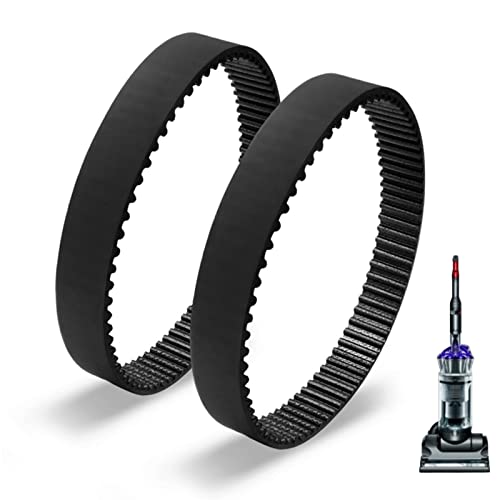
Durable rubber belts with 10mm width for DC17 models
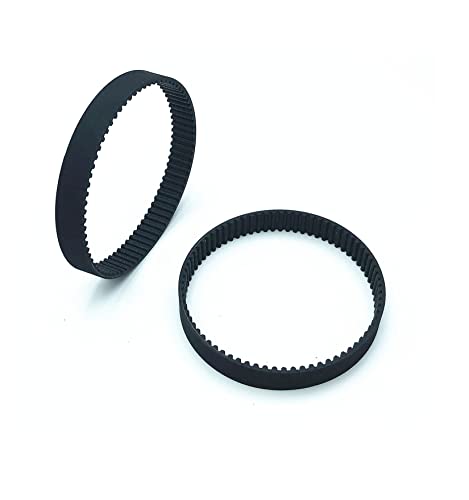
High-quality replacement belts for DC17 Animal/Cyclone
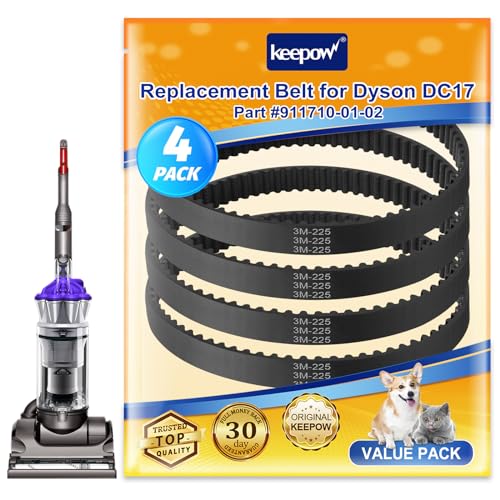
Bulk pack with 10mm belts and extended warranty
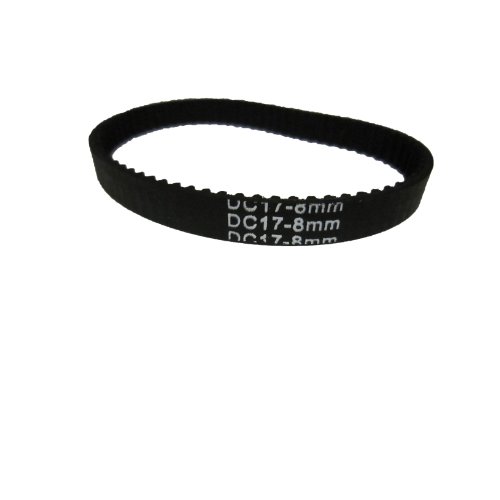
Specialized 8mm belt for older DC17 variants
Electrical and Motor Issues
Faulty wiring or a malfunctioning motor can also halt brush roll operation. Use a multimeter to verify power delivery to the motor. If no voltage is detected, inspect connectors for damage or corrosion. Loose wires should be resecured, while damaged components like the motor or circuit board require professional replacement.
Step-by-Step Repair Procedures
Disassembling the Vacuum Safely
Turn off and unplug the vacuum. Remove the brush roll cover by unscrewing four floor plate screws counterclockwise. Lift the cover to expose the brush roll assembly. Document screw placements to simplify reassembly.
Cleaning the Brush Roll and Components
Remove debris around the roller using pliers or scissors. Wipe electrical contacts with a dry cloth to ensure proper connectivity. Inspect the gear mechanism for clogs by spinning it manually—if resistance occurs, clear hair or dirt with a small tool.
Replacing the Belt
Remove the old belt from the motor shaft and brush roll using a pry tool. Install the new belt by looping it around both components, ensuring alignment. Dyson DC17 belts differ from earlier models (e.g., DC07/DC14), so confirm compatibility before purchase.
Replacing the belt with a compatible one is crucial for the brush roll to function correctly. Ensure you choose the right belt for your Dyson DC17 model.

Official OEM replacement belts with precise fit

High-value bulk replacement with extended service

Premium quality with wide belt compatibility

Elastic rubber construction for enhanced durability
Reassembling and Testing
Reattach the brush roll cover, tighten screws, and rotate clips 90 degrees clockwise to lock components. Plug in the vacuum and test the brush roll’s rotation. If issues persist, recheck belt tension or motor connections.
Troubleshooting Common Post-Repair Issues

Belt Slipping or Breaking
Ensure the belt is neither too tight nor loose. Clean the motor shaft and brush roll ends to remove dirt that could cause misalignment.
Electrical Malfunctions
Reconnect any loose wires and inspect connectors for wear. If the motor remains unresponsive, consult a technician for circuit board diagnostics.
Reduced Performance or Noise
Verify the agitator’s alignment and check for residual debris in the brush bar area. Reassemble components carefully to avoid misplacement.
Preventive Maintenance Strategies
Regular Cleaning Routine
Inspect the brush roll after every 5–10 uses to remove accumulated hair and debris. This prevents clogs and extends belt life.
Proper Usage Practices
Avoid vacuuming large string-like objects or excessive dust, which accelerate wear. Adjust suction settings for different floor types to reduce strain on the brush mechanism.
Lubrication and Upgrades
Soak new belts in water for 30 minutes before installation to minimize noise. Consider aftermarket brush rollers with improved bearings for enhanced durability, though note potential trade-offs in plastic quality.
Sourcing Replacement Parts
Dyson-approved and aftermarket components (e.g., belts, brush rollers, filters) are available on platforms like Amazon. For precise fitment, reference your DC17’s model number to avoid compatibility issues with older or newer variants like the DC07 or DC41.
Frequently Asked Questions (FAQ)
How do I know if the brush roll belt needs replacement?
Look for cracks, fraying, or a loss of elasticity. If the belt slips off the motor shaft during operation, it’s time for a new one.
Can I use a universal belt instead of a Dyson-specific one?
While universal belts may fit temporarily, Dyson-specific belts are engineered for optimal tension and longevity. Always prioritize OEM (original equipment manufacturer) parts.
Why does the brush roll make noise after reassembly?
Misaligned components, residual debris, or improper belt tension often cause noise. Disassemble and recheck each part’s placement.
Does the DC41 have similar brush roll issues?
Yes, the DC41’s beater brush can also fail due to blockages or belt wear. Reset the brush by toggling the on/off button five times, then clean or replace components as needed.
How often should I replace the brush roll?
Replace the brush roll every 3–5 years or sooner if bearings seize or bristles wear down significantly.
Conclusion
Addressing Dyson DC17 brush roll problems requires a methodical approach: diagnose blockages, inspect worn parts, and execute precise repairs. By incorporating preventive maintenance and sourcing quality replacements, you can ensure reliable performance for years. For persistent electrical issues or complex mechanical faults, consult a professional technician. With these strategies, your Dyson DC17 will maintain peak cleaning efficiency, proving that proactive care outperforms costly repairs.

